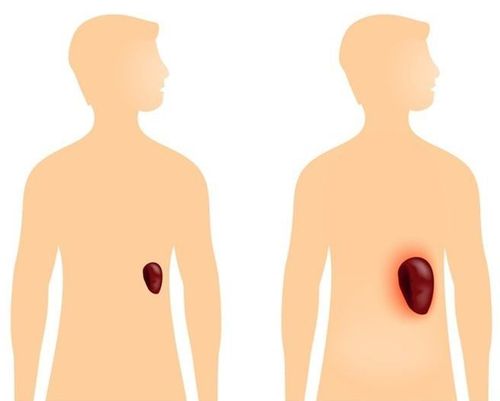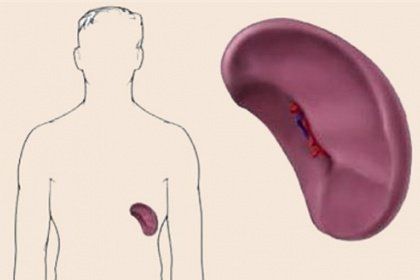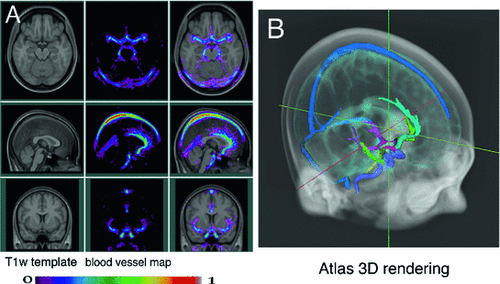This is an automatically translated article.
The article was professionally approved by Master, Doctor Trinh Thi Phuong Nga - Department of Diagnostic Imaging and Nuclear Medicine - Vinmec Times City International General HospitalThe spleen is an organ with many blood vessels involved in immunological and hematological homeostasis. This vascular system, location, and functions easily predispose the spleen to a number of conditions with the initial manifestation of splenomegaly. Since then, the normal functions of the spleen are also easily exaggerated, causing disturbances in the body's metabolism. Thus, early diagnosis of splenomegaly will help timely intervention.
1. What is an enlarged spleen?
Splenomegaly is defined as an enlargement of the spleen as measured by weight or size.
The spleen plays an important role in hematopoiesis and in monitoring the function of the immune system. The main functions of the spleen include the clearance of old and abnormal red blood cells, including platelets and white blood cells, as well as the removal of microorganisms and antigens. In parallel, the spleen also serves as a secondary lymphoid organ and a maturation and storage site for T and B lymphocytes, which play an important role in the synthesis of immunoglobulin G (IgG) by lymphocytes. B matures when interacting with T lymphocytes. At the same time, about a third of circulating platelets are stored in the spleen, which serves as a reserve when the platelet count is reduced for any reason. .
The normal location of the spleen is in the peritoneal cavity in the left upper quadrant adjacent to ribs 9 to 12. A normal sized spleen is adjacent to the stomach, colon and left kidney. .
The size and weight of the spleen can vary and correlate with different people's weight, height and sex, with a larger spleen size in men than in women and in heavier people or higher. A normal sized spleen measures up to 12 cm longitudinal bone length. A length between 12cm and 20cm indicates splenomegaly and a length greater than 20cm is a sure sign of splenomegaly. The normal weight of an adult spleen is 70g to 200g; A spleen weight between 400g and 500g indicates splenomegaly, and a spleen weight greater than 1000 g is defined as splenomegaly.
In clinical practice, a normal-sized spleen is usually not palpable in adults. However, if the spleen is palpable, it is possible that the spleen has increased in size.
This condition can be diagnosed clinically or by imaging methods such as ultrasound, CT scan or MRI. At this point, splenomegaly may be a transient condition due to acute illness or may be due to a serious underlying acute or chronic disease.
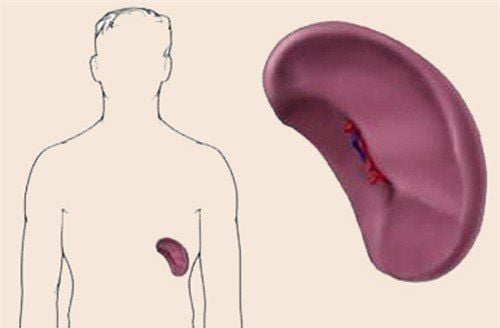
2. What are the causes of splenomegaly?
There are several potential causes of splenomegaly.
Liver disease (cirrhosis, hepatitis): Diseases that damage the liver parenchyma increase vascular pressure, leading to an increase in the size of the spleen. Hematologic malignancies (lymphoma, leukemia, myeloproliferative disorders): Neoplastic cells infiltrate the spleen leading to splenomegaly. Venous thrombosis (thrombophlebitis of the portal or hepatic veins): This leads to increased vascular pressure leading to splenomegaly. Obstruction of splenic vessels (venous thrombosis, portal hypertension, congestive heart failure). Increased hemocyte destruction (immune thrombocytopenic purpura, autoimmune hemolytic anemia, immune-mediated neutropenia, Felty syndrome): Immune-mediated destruction of red blood cells, white blood cells, or platelets leading to functional splenomegaly. Increased destruction of red blood cells in the spleen (sickle cell disease in children, hemolytic anemia, thalassemias). Acute or chronic infection (bacterial endocarditis, infectious mononucleosis, HIV, malaria, tuberculosis, histiocytosis, abscess). Connective tissue diseases (systemic lupus erythematosus, rheumatoid arthritis, adult-onset Still's disease, and some familial autoinflammatory syndromes). Infiltrative disorders (sarcoidosis, amyloidosis, glycogen storage disease) Localized lesions in the spleen (hemangioma, abscess, cyst, metastasis)
3. Diagnosis of splenomegaly by any medical technique?
Confirmation of splenomegaly is essential and in noninvasive tests for the primary approach, ultrasound is the test of choice because of its accuracy and low cost.
In addition, computed tomography (CT scanner) and magnetic resonance imaging (MRI) can provide more detail on the structure and character of the lesions in the spleen. Accordingly, MRI will be particularly useful in detecting portal vein or splenic vein thrombosis. In addition, MRI can also help identify extra splenic tissue, which is often found after splenectomy.
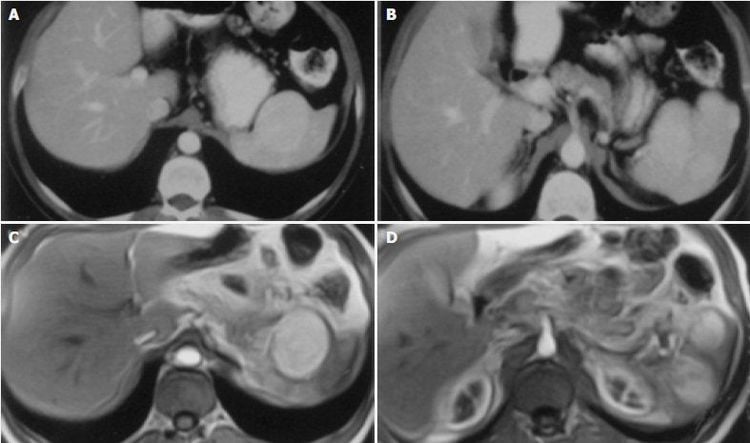
In the approach to patients with suspected splenomegaly, the specific clinically suggested etiology will need to be confirmed by appropriate testing. If no etiology is suggested, the highest priority is to rule out an underlying infection, because early treatment is significantly more likely to result in infection than most other causes. big spleen. Accordingly, the diagnosis of splenomegaly should be made carefully in areas with a geographically high prevalence of infection or if the patient has signs of infection.
Along with medical techniques using imaging, the doctor may order a complete blood count, blood culture, blood smear and bone marrow aspiration to look for underlying hematological disorders.
Simultaneously, the liver test results were diffusely abnormal in congestive splenomegaly with cirrhosis; Isolated elevations of serum alkaline phosphatase suggest splenomegaly as a result of hepatic infiltration, as in myeloproliferative and lymphoproliferative disorders, tuberculosis, and chronic fungal diseases. (eg, candidiasis, mycoses).
Finally, if testing reveals no abnormalities other than splenomegaly, the patient should be reevaluated at 6 to 12 months intervals or when new symptoms develop.
In short, splenomegaly is an increase in the size of the spleen. Usually, this is not an isolated presentation but belongs to a syndrome of splenomegaly with diverse etiologies and may be due to increased splenic activity, decreased venous drainage, or splenic infiltration. The diagnosis of splenomegaly can be made by palpation of the spleen in the left upper quadrant or with conventional medical imaging techniques such as ultrasound and CT, which help detect subclinical splenomegaly.
If you suspect that you have a thyroid disease related to your spleen, you can come to Vinmec International General Hospital System. As one of the leading prestigious hospitals in the country, Vinmec uses the most modern generations of color ultrasound machines today in examination. One of them is GE Healthcare's Logiq E9 ultrasound machine with HD resolution transducers for clear images, accurate assessment of lesions. In addition, a team of experienced doctors and nurses will help diagnose and detect abnormal signs of the body early in order to provide treatment for spleen diseases.
Any questions that need to be answered by a specialist doctor as well as customers wishing to be examined and treated at Vinmec International General Hospital, please register for an online examination on the Website for the best service.
Please dial HOTLINE for more information or register for an appointment HERE. Download MyVinmec app to make appointments faster and to manage your bookings easily.







